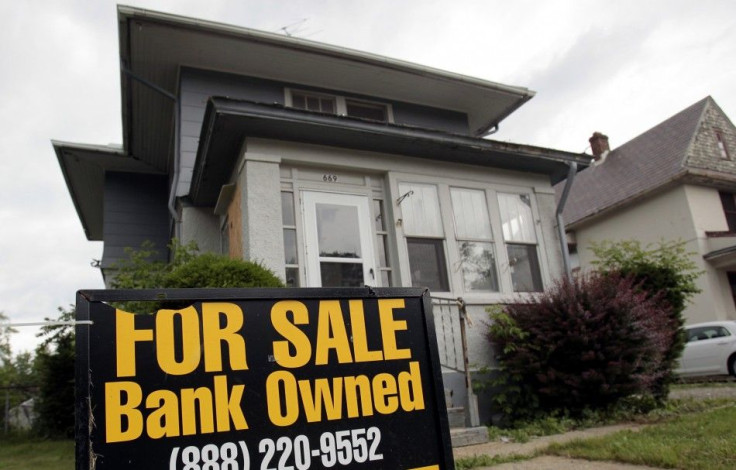Fed To Come Up With A Fresh Revival Strategy in September: Analyst Insight

The Fed will drop its wavering plans for a fresh spate of monetary stimulus measures, Bernard Baumohl, chief global economist at the Economic Outlook Group, reported on Friday afternoon.
A third round of quantitative easing -- a monetary policy aimed at increasing money supply by purchasing large-scale assets and securities to inject more capital in liquidity-pressed financial institutions -- is not going to work, Baumohl indicated.
"We might see the Fed introducing a new strategy to reduce interest rates paid on excess reserves so that banks will be encouraged to make more loans -- a situation that will improve the housing sector," Baumohl said in an interview. "That strategy hasn't been used yet. But," he added, "we might see it in September."
Confidence Crisis Among Banks
Banks have been roiling in fear of repercussions from the ongoing euro debt crisis. As a result, they have tightened credit and kept a large percentage of their cash idle with the Federal Reserve. The interest rate cut, which Baumohl expects the Fed will introduce on those reserves, will urge banks to step out of their shell and lend more money to potential home buyers.
The boost in lending will bolster home purchases and step up demand in the real estate sector, raising home prices and providing opportunities for increased hiring in the home construction industry. A hike in housing prices will expand household wealth, encouraging consumers to spend more.
"There's no way the economy can recover without an improvement in housing markets," Baumohl said.
To that end, Fed officials may be rolling up their sleeves to put additional pressure on banks to circulate money among potential borrowers.
Rising Unemployment And Stagnant Wages
Employers stepped up hiring in July, recruiting the most workers in five months, with an addition of 163,000 nonfarm payroll jobs, the Labor Department reported on Friday.
The jobs numbers beat the median forecast of 100,000, breaking three consecutive months of gains below 100,000. However, national joblessness rose 1 percentage point to 8.3 percent, according to household survey findings. Employment fell by 195,000 and workforce participation -- the number of people in the job market -- shrank by 150,000 after rebounding for two months.
A less encouraging trend is that employee wages remain stagnant. Average hourly earnings rose 0.1 percent, following a 0.3 percent rise in June. The average work week was constant at 34.5 hours.
Flat incomes will take a toll on consumer spending. At a time when public sentiment is wavering, the Fed's new strategy could be a boon for the housing sector and consumer expenditures, which account for about 70 percent of U.S. GDP.
A sense of frustration has been growing within the opulent offices of Federal Reserve governors, whose previous efforts to spearhead quantitative easing programs involving Treasury and mortgage-backed security purchases have done little to jump-start the economy.
The Federal Open Market Committee (FOMC), the Fed's policy-making body, will convene on Sept. 12-13 to revise its economic projections for the third quarter.
© Copyright IBTimes 2024. All rights reserved.




















